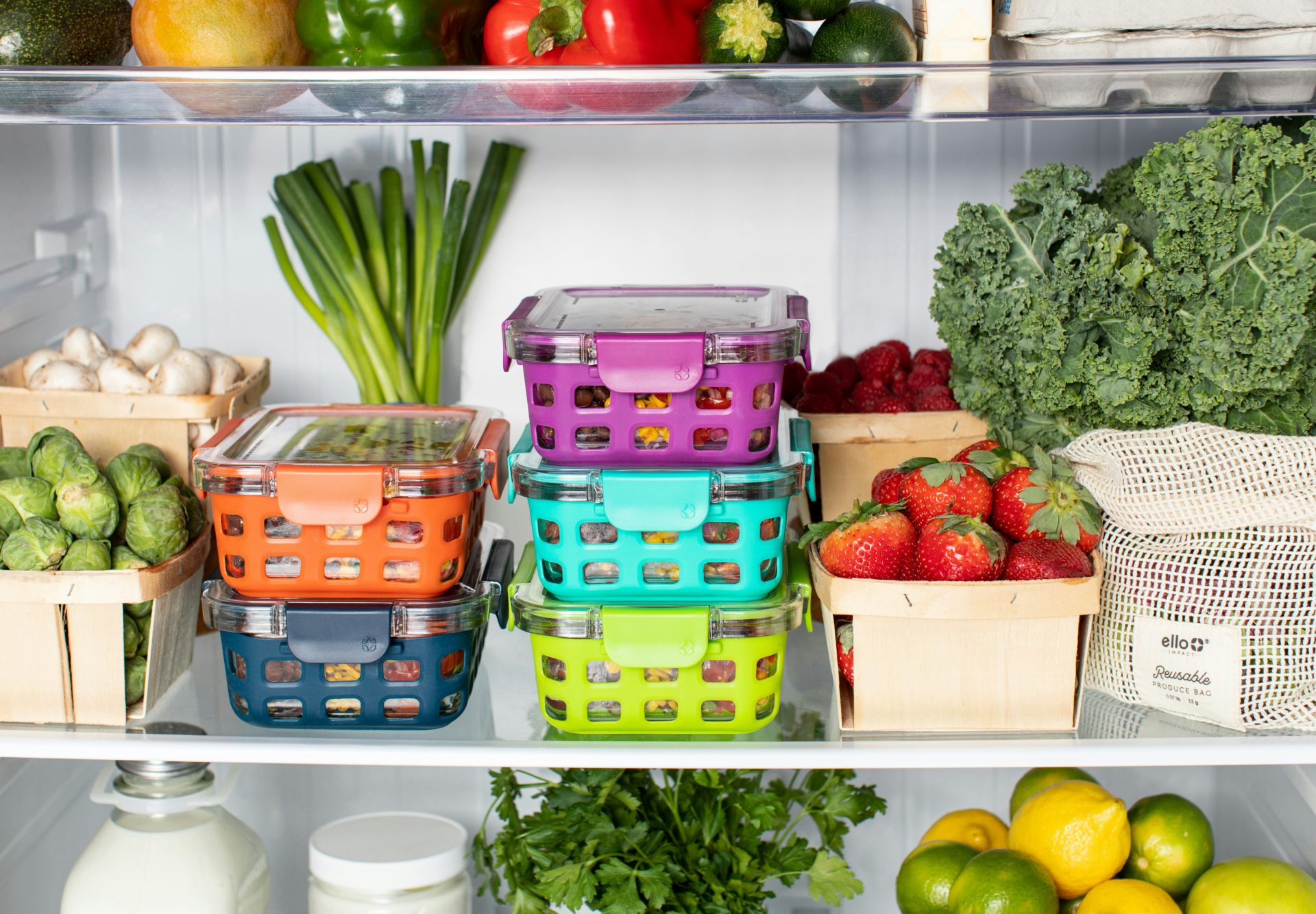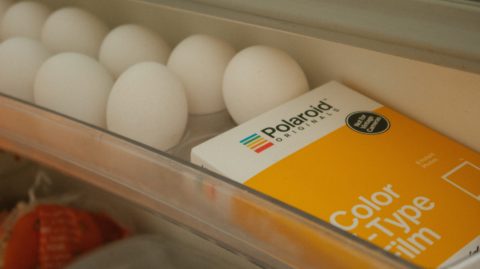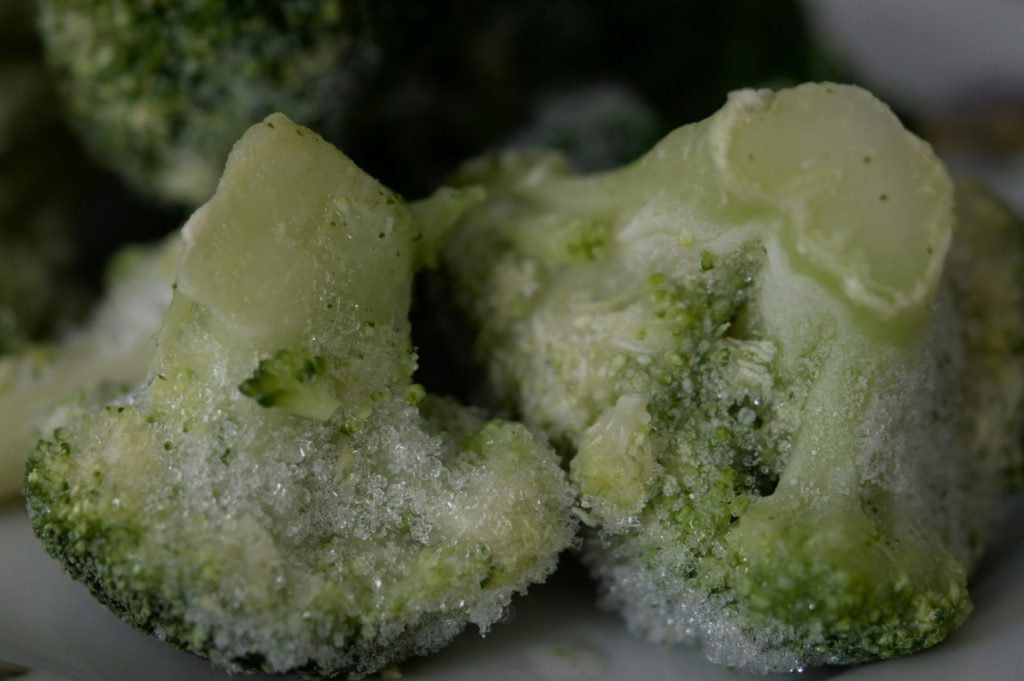
How to Store Food Safely – What You Need to Know
Think you know how to store food safely? Safe food storage is about more than just keeping your grocery bill down. Storing food safely, and properly, also keeps you and your family safe. There are plenty of foodborne illnesses that can cause everything from mild discomfort to serious sickness that can even require hospitalization.
We all know about the havoc a salmonella or E. coli outbreak can cause, but there are also other microorganisms, like the botulism causing C. botulinum, that we need to avoid. How can we keep these microorganisms at bay? Using proper refrigeration, storage, and freezing to preserve our food.
What You Need to Know First About Storing Food Safely
There are some very basic rules that you can follow to store your food safely. No matter what, these basic guidelines don’t change, and they’re the first step to keep your food and yourself safe and healthy.
Understand your appliances
Some appliances, like your refrigerator, come with preset temperatures. However, don’t rely on factory settings to keep your food at the right temperature. Even when you set the temperature yourself, you should still keep an eye on it to make sure it’s actually working as it should. In general, your freezer should stay at 0 degrees fahrenheit (or negative 18 celsius). When it comes to your refrigerator, make sure it’s set to cool at no higher than 40 degrees fahrenheit. If possible, a little lower is even better.
Clean out the fridge
We’re all guilty of letting food sit in the fridge for a little longer than it should. However, spoiled foods can cause some illness, and even if they don’t, it’s not worth eating moldy food. If it doesn’t look or smell right, don’t take the chance. Toss out any food that you’re not sure is good. Mold starts small, but it grows quickly.
Don’t leave food on the counter
It’s easy to forget food on the counter, especially if you have a lot of groceries to put away. Remember that foods that are intended to be frozen or refrigerated are that way for a reason. These foods can spoil or get contaminated easily if they aren’t chilled properly. The two hour rule is a good rule of thumb: don’t leave items out for more than two hours if they’re intended to be kept at cold temperatures. Of course, if it’s warmer, you’ll also need to put them away even sooner.
Don’t neglect directions
If you buy a food item that comes with instructions on how to store it, don’t ignore them. These instructions are for your safety, and you need to follow them to keep your food safe and properly stored. Even if it’s an item you typically store in your pantry, keep in mind that there may be other ingredients or reasons the directions tell you to refrigerate it.

What About Pantry (non-refrigerated) Items?
Food items that don’t need to be frozen or refrigerated are a little easier to safely store. However, they can still harbor microorganisms that can make you sick. If the packaging looks like it’s been tampered with, don’t chance it. Canned items are another thing you should pay attention to. If the can doesn’t look like a uniform, typically shaped can, it might not be any good. If the can is swollen, dented, sticky, or even rusted, it’s better to avoid using the food inside.
Another rule of thumb is to store food with like items. That means you shouldn’t be keeping food alongside non-food items, like laundry detergent, cleaners, or anything else that isn’t safe for consumption.
What to Know About Freezing Food
There are a lot of misconceptions about freezing food. Keeping food frozen does make it safer, and it doesn’t reduce the nutritional value of the food itself. And while you might not enjoy eating food with freezer burn, it’s still perfectly good (even if the taste isn’t what it used to be). Keep in mind that any food will lose some of the original flavor after being in the freezer for a long time.
Most residential freezers don’t get cold enough to kill bacteria, but they do reach 0 degrees fahrenheit, which prevents and stops any bacteria growth. As long as the food stays frozen, it’s as safe to eat as when you put it in.

Freezing and refrigerating your food is a safe way to store it. However, like any other appliance, freezers and refrigerators can lose some power and accuracy over time. If they aren’t reaching the low temperatures they should be, then your food isn’t as safe anymore. There are different ways to keep an eye on your appliances’ temperatures, although most people use thermometers or sensors that they install in an easily visible location. It’s recommended to check the temperature at least once weekly to ensure safe food storage.
Refrigerator Best Practices
Whenever you store food in your fridge, you delay the growth of microorganisms that can make you sick. However, there are some things you probably haven’t considered (and really should) about how you use your refrigerator.
First, keep your fridge clean. It’s not a fun task, but it does prevent bacteria from growing in unexpected or hard to reach spots. Don’t let crumbs and spills sit and spoil. Clean up any messes right away, and make sure you check for spoiled or expired food frequently.
Next, you need to prep your food for storage properly before you put it in the fridge. Always seal foods in packaging that allows as little airflow as possible. This also means you shouldn’t be leaving uncovered foods in the fridge, especially those which may spoil quickly, like raw or cooked meat.
We know most people like a good marinade. However, most people don’t also go about it the safe way. It’s fairly common to marinate food on the counter, but that creates an opportunity for bacteria and foodborne illnesses to grow. Instead, use your fridge to marinate your foods.
What to do About a Power Outage – Is Your Food Still Safe?
If you follow all the above practices, you’re keeping your food safe. However, no matter how safely you store your food, there are things you simply can’t control: like a power outage. So what can you do if your power goes out to make sure your food stays safe?
When you first notice a loss in power, avoid the temptation to open your fridge. Keeping it closed also maintains the temperature, at least for a little while. If you don’t open the doors, your refridgerator can stay cool for about four hours. In a short power outage, that might be enough to get you through, and keep your food safe.
If the power outage lasts less than four hours, chances are your food is perfectly safe (assuming you keep your refrigerator and freezer at optimal temperatures, namely, below 40 degrees). When power outages last longer, it’s trickier. If you have a sensor or thermometer in your fridge or freezer, just make sure they’re at the right temperature. If you don’t, you’ll need to go through your food stores item by item to check them.
Most refrigerated and frozen foods can sit out of a little bit- remember the two hour rule. However, anything beyond that and microorganisms begin to grow in the food.
If you’re not sure, or a certain item seems questionable, it’s best to toss it out and avoid potentially getting sick from eating it.